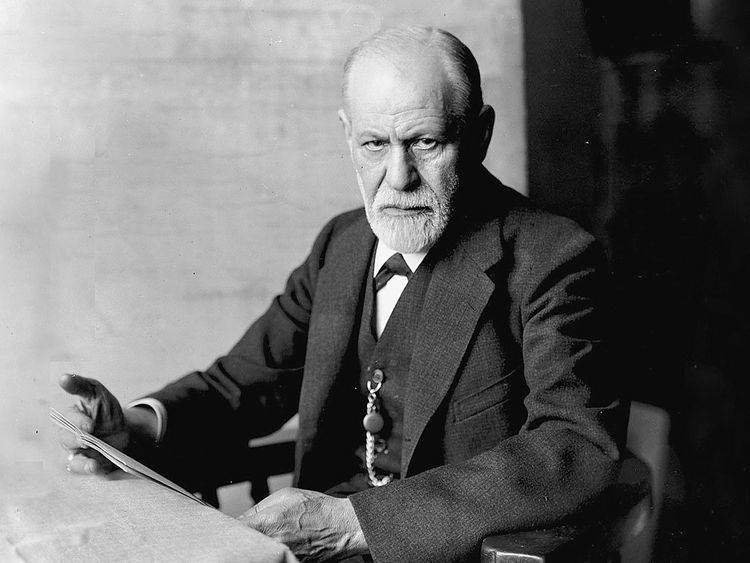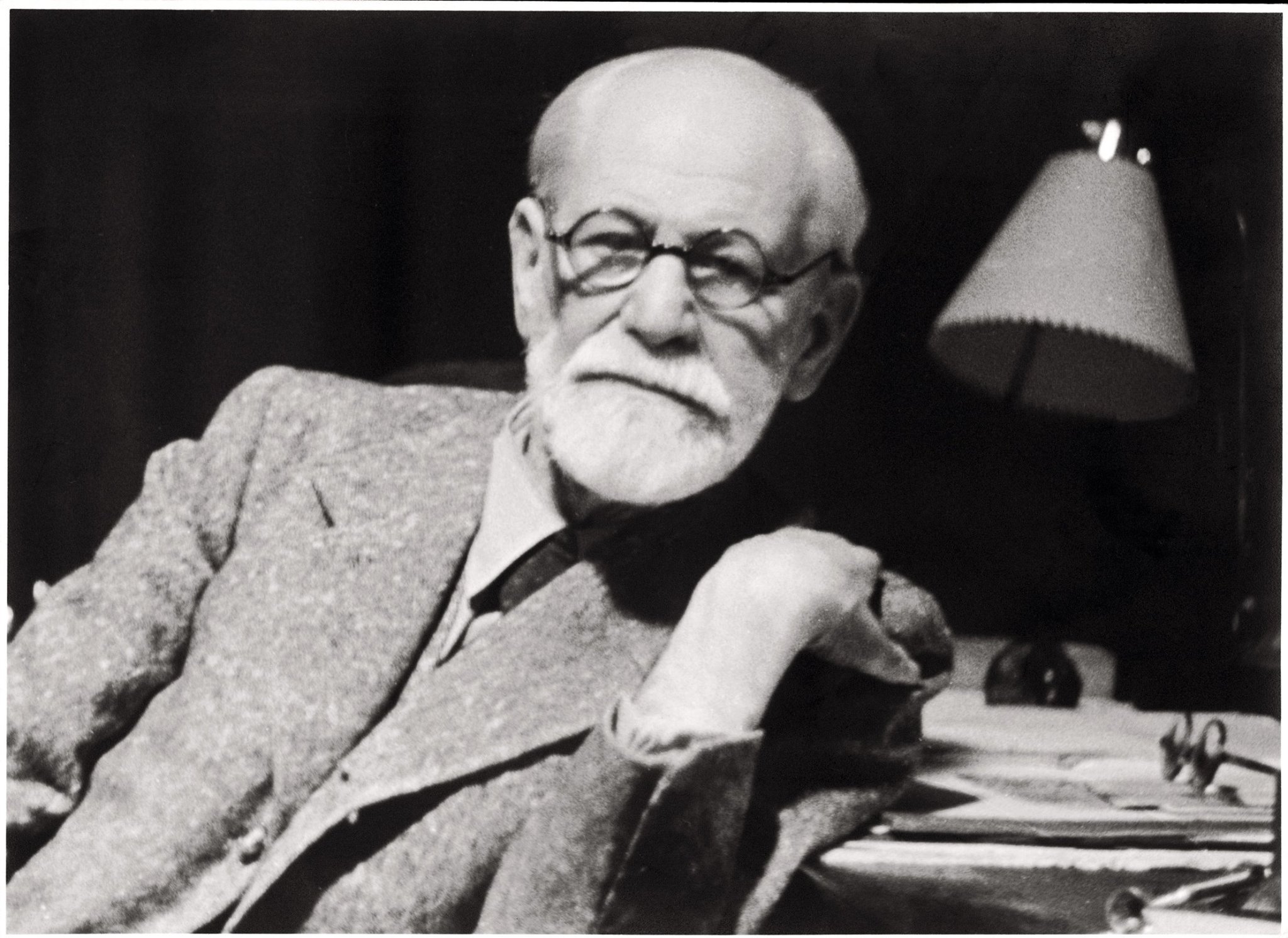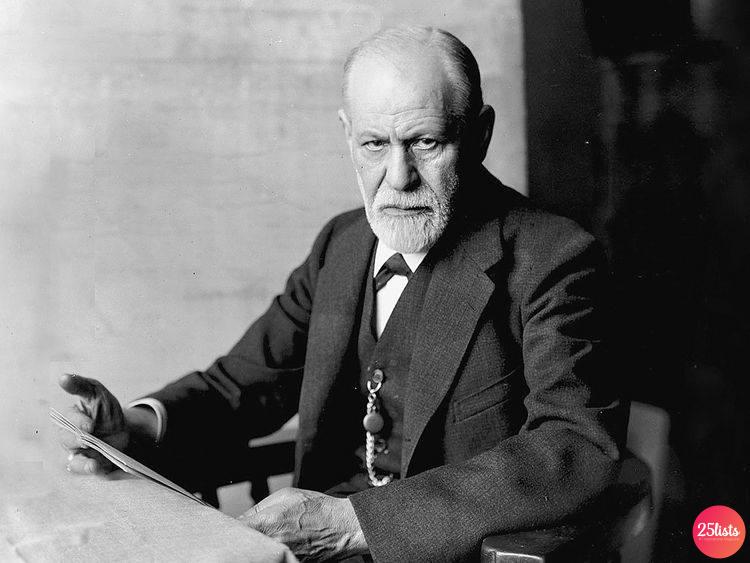Esteemed and loved by numerous contemporary artists and scholars such as Salvador Dali or the German physicist Albert Einstein, he found support from the public not as easily. Years later, however, his merit in the sector is undeniable.
Here is the story of Sigmund Freud.
Who was Sigmund Freud
Sigmund Freud (Freiberg, May 6, 1856 – Hampstead, September 23, 1939) was the founder of psychoanalysis as well as Austrian neurologist and philosopher. He grows up first receiving an education from his parents who then enroll him in a private school and which also allows him access to the Higher Institute. Comes often awarded for his academic skills which manifest themselves with enrollment in the medical faculty where he encounters many difficulties as a Jew.
He concludes his studies and begins to approach the branch of zoology and then realizes that he does not consider that sector suitable for him.
After six years in the Institute of Physiology, he undertakes a period of clinical practice in the sector dedicated to patients with neurological problems.
Here he undertakes some studies on cocaine, a substance of which there was very little information, tarnishing its reputation following discoveries on the side effects manifested on patients. He writes an essay entitled “Observations on cocaine addiction and fear” which closes his experience with this field of research accompanied by an abandonment of the substance itself.
A series of hysteria studies which takes place in Paris thus analyzing the hypnosis technique together with colleague Jean-Martin Charcot. Experiments with this method proved unsuccessful and led him to collect new criticisms. However, he did not let himself be discouraged and decided to open his own studio in Vienna, carrying on techniques then in progress such as thermal treatments, hydrotherapy or electrotherapy considered suitable for action on the nervous system.
Sigmund Freud and international success

Through his studies Freud was named the father of psychoanalysis. The birth of this thought dates back to 1895 with the first interpretation of a dream that represents the origin of the Freudian theory. Some argue that in reality the pivotal date is 1896 with the first use of the term itself which indicates a procedure for investigating mental processes, a therapeutic method and a set of psychological theories.
Several years later the development of the first concepts related to psychoanalysis comes invited to the United States together with a Swiss colleague: the well-known psychiatrist Carl Gustav Jung. Freudian theories struggle to find fertile ground in Europe, which often accuses him of having an obsession with sex that makes perversions public.
Sigmund Freud and the theories on the unconscious

In addition to the theories devoted to sexuality, Freud has matured important thoughts dedicated to the mind of man. The thinker argues that the psyche is not the result of a conscious process, but of an unconscious one. The so-called unconscious is divided into two areas, the preconscious that through effort can bring to light thoughts that were thought to be missing, and the removed, contents that require particular psychoanalysis techniques to be brought to light. The aforementioned hypnosis fits into this context, later replaced by the method of free associations which allow the patient to relax so as to abandon his thoughts.
Added to this is also the study of the individual’s personality which according to Freud is composed of three parts: id, superego and ego. L’Ex it is the hidden and chaotic part of our mind, guided by pleasures; the Super-ego it is made up of a set of behavioral models as well as a censor of man’s desires; and finally theI which is the part of the personality engaged in the search for a balance between the first two.

